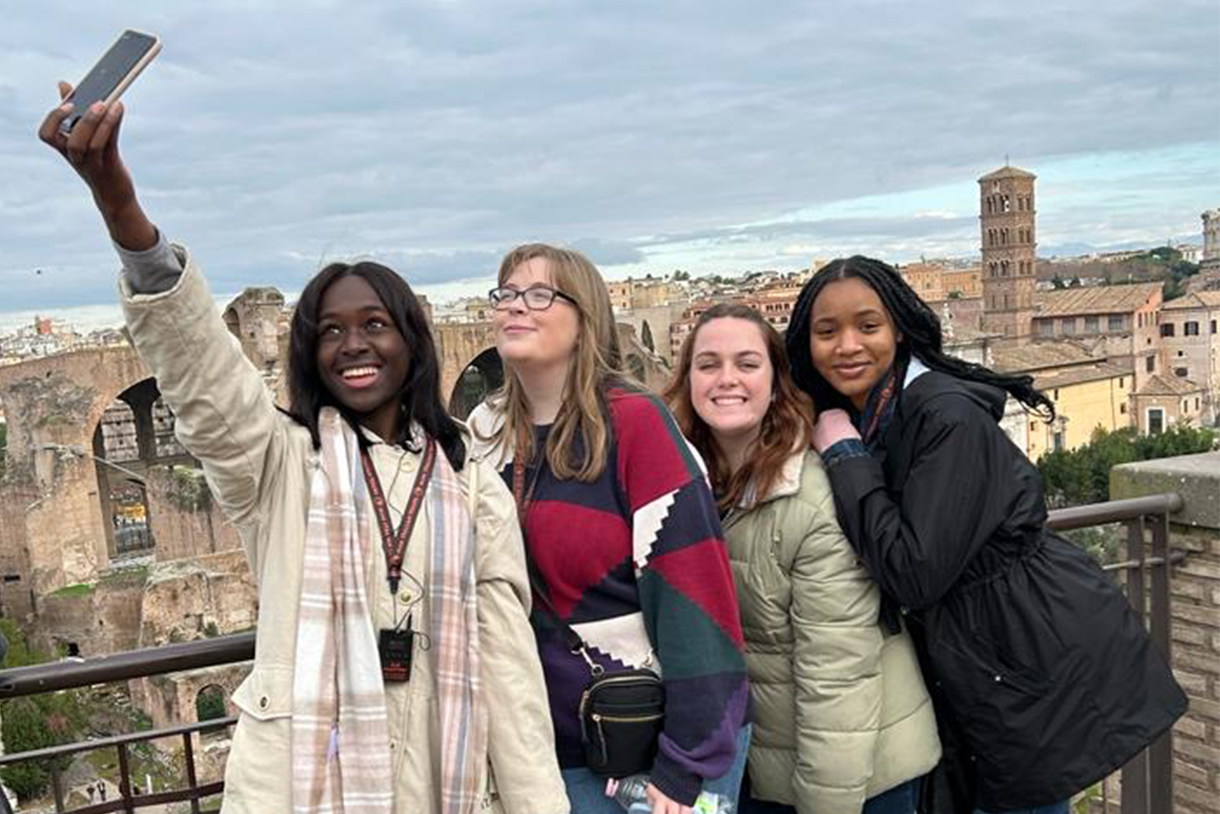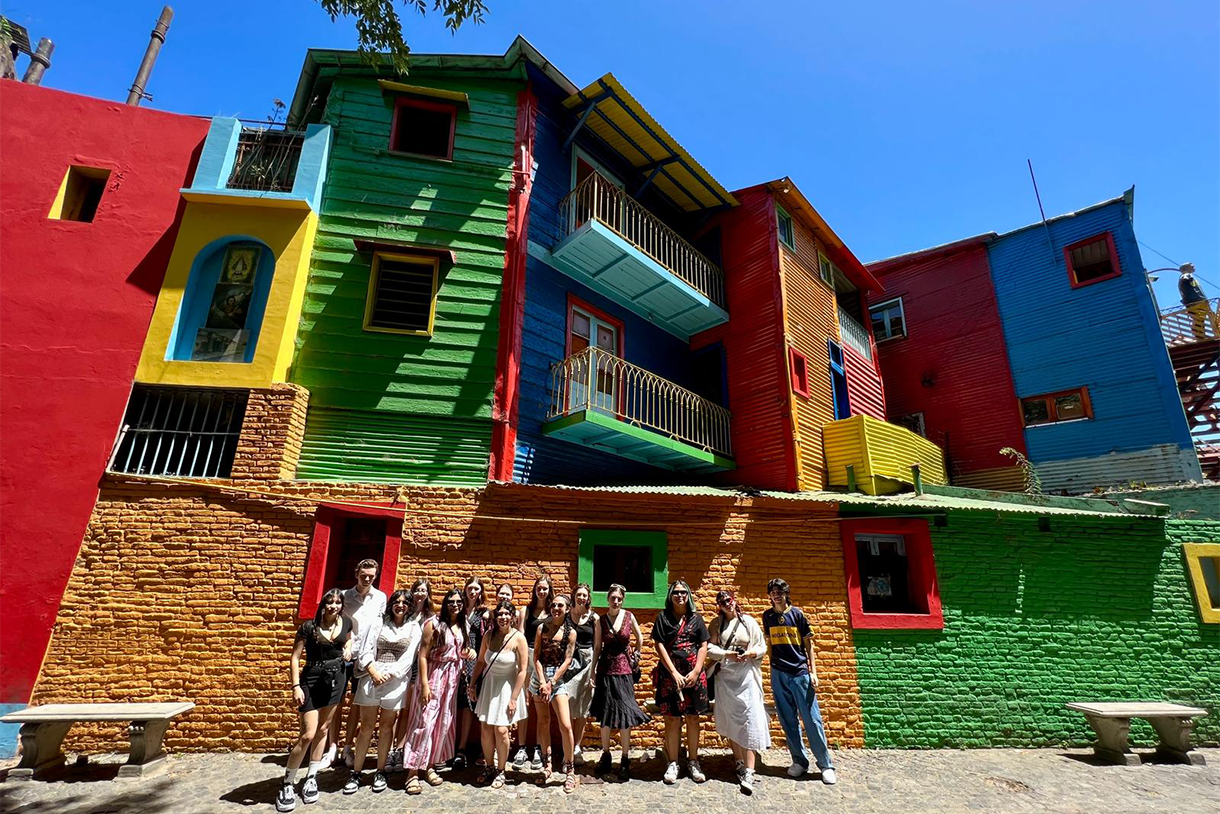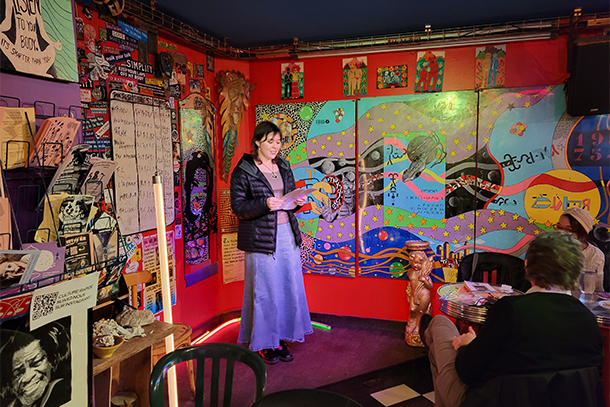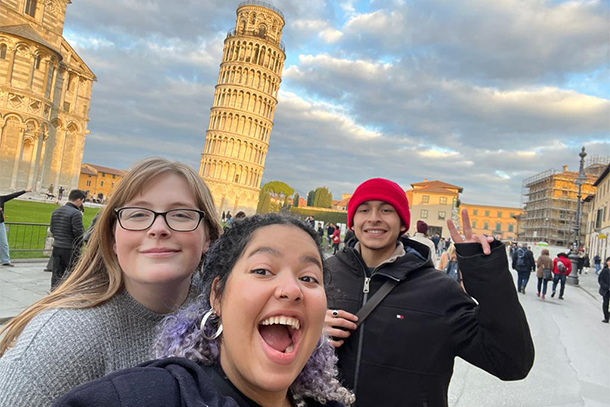When the World Is Your Classroom, You Make Amazing Discoveries
“As a film student, I'm constantly searching for new sources of inspiration,” says Haley Patton, a junior Cinema and Television Arts student at Columbia College Chicago. Surprisingly, she discovered an incubator for fresh ideas in Rome, known more for its ancient ruins and history than modern day innovation.
But as she and 20 other Columbia undergraduate and graduate students travelled through Rome this past January, she realized that even in a city as old as Rome, designers and artists still find ways to reinvent and move forward.
"It reminded me that nothing is ever set in stone, that art is constantly changing and evolving," Patton says.
It’s one of those lessons that only truly resonates when students experience a place, its people, and its culture in person. And fortunately for Columbia students, there are plenty of opportunities to learn such lessons by traveling during the college’s J-Term, the mini-term that follows New Year’s and precedes the beginning of the spring semester. Columbia also offers faculty-led travel educational opportunities over spring break and the summer.
This past J-Term students travelled to not only Italy but Argentina, France, and the United Kingdom. And in the U.S., students visited Los Angeles and New York City. While each student experience was unique, all students came home enriched with new awareness and understanding of the world beyond their backyard as well as highly desired college credits.
Learn more about J-Term and other study abroad opportunities at Columbia.
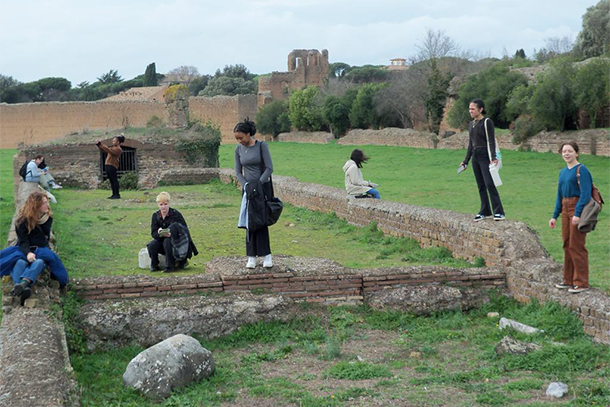
Below read about the J-Term's 2024 international trips to Argentina, France, and Italy.
For some students who participate in J-Term, the lessons learned are deeply personal and forever impactful.
“During our visit to Jujuy in Argentina, I went through a journey of self-discovery and acceptance of my image, where I realized how Western beauty standards have influenced me since puberty, leading to a struggle with self-acceptance and dependency on beauty trends,” says Indira Roman, a senior in Communication.
“This perspective changed when I discovered how much I admired the indigenous beauty and cultural richness around me, yet for years, I’d failed to see the beauty in mine … What I once believed would require years unexpectedly transpired within a few days during our stay in Jujuy, and for that, I will be forever grateful.”
Recent News
- Students Launch “In Flux,” an Interactive Digital Magazine
- Top Stories from Columbia College Chicago in 2024
- The Dance Center Presents the Chicago Solo Spotlight Festival, March 13-15
- Columbia College Chicago Team Wins National NRF Retail Challenge
- Alumni and Faculty Shine in Newcity Stage’s 'Players 2025'
